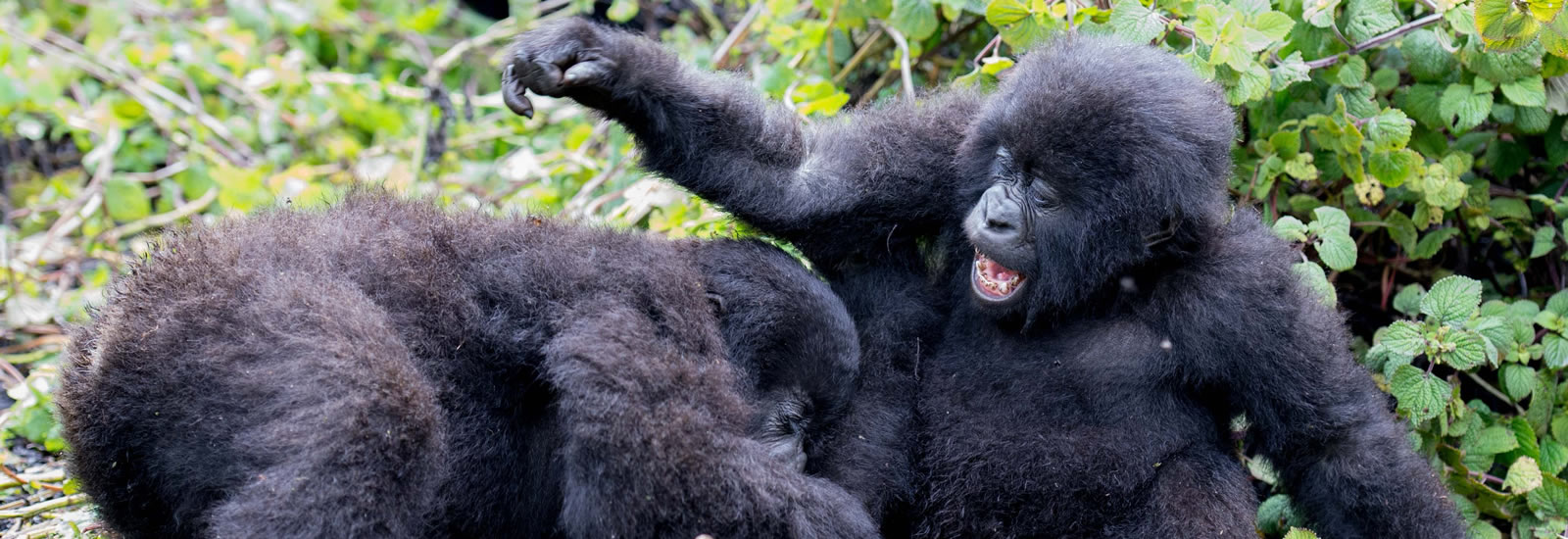Historically called the pygmy chimpanzee and less often, the dwarf or gracile chimpanzee, is an endangered great ape and one of the two species making up bonobos are not a subspecies of a chimpanzee but rather a distinct species in their own right. The bonobo is distinguished by relatively long legs, pink lips, dark face, tail-tuft through adulthood, and parted long hair on its head. The bonobo is found in a 500,000 km2 (190,000 sq mi) area of the Congo Basin in the Democratic Republic of the Congo, Central Africa. The species is omnivorous and inhabits primary and secondary forests, including seasonally inundated swamp forests. Because of political instability in the region and the timidity of bonobos, there has been relatively little fieldwork done observing the species in its natural habitat. Bonobos typically live 40 years in captivity; their lifespan in the wild is unknown but is almost certainly much shorter.
Along with the common chimpanzee, the bonobo is the closest extant relative to humans. Bonobos live south of the river and thereby were separated from the ancestors of the common chimpanzee, which live north of the river. The species is threatened by habitat destruction and human population growth and movement, though commercial poaching is the most prominent threat.
Social behavior
In the wild male bonobos are half as aggressive as chimpanzees, while female bonobos are more aggressive than the female chimpanzees. Both bonobos and chimpanzees exhibit physical aggression more than 100 times as often as humans do.
Bonobos are very social. Females have a higher social status in bonobo society. Aggressive encounters between males and females are rare, and males are tolerant of infants and juveniles. A male derives his status from the status of his mother. The mother-son bond often stays strong and continues throughout life. While social hierarchies do exist, and although the son of a high ranking female may outrank a lower female, rank plays a less prominent role than in other primate societies.
Due to the promiscuous mating behavior of female bonobos, a male cannot be sure which offspring are his. As a result, the entirety of parental care in bonobos is assumed by the mothers.
Bonobo party size tends to vary because the groups exhibit a fission-fusion pattern. A community of approximately 100 will split into small groups during the day while looking for food and then will come back together to sleep. They sleep in nests that they construct in trees.
Primate Trekking in Congo
Primate safaris congo has presently become common in the tourism industry. Travelers who have done primate safaris before review it as the breathtaking experience they would wish to do again and again. The most visited primates are mountain gorillas, chimpanzees, orangutans and bonobos among others.
Interestingly, most of these primates are close relatives to human beings whose human-like characters make them more adorable. Also, primates are herbivorous animals, which wholly feed on vegetation, shoots, flowers, fruits, and bamboos.
Primates are listed among the endangered species due to their less population but different strategies have been put to save these creatures from extinction.
There are 5 places that have been recorded to offer memorable primate safaris. If you want to enjoy the company of primates in their natural habitat, visit any of the following places:


